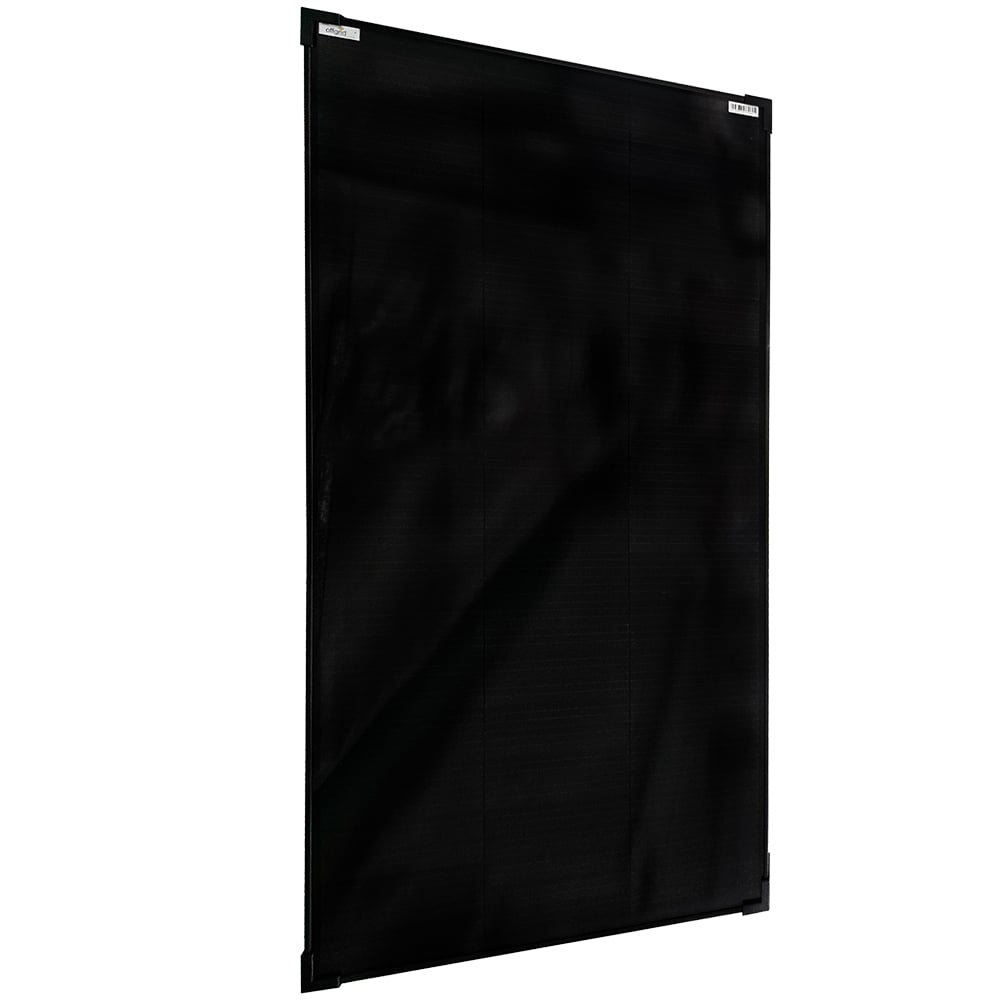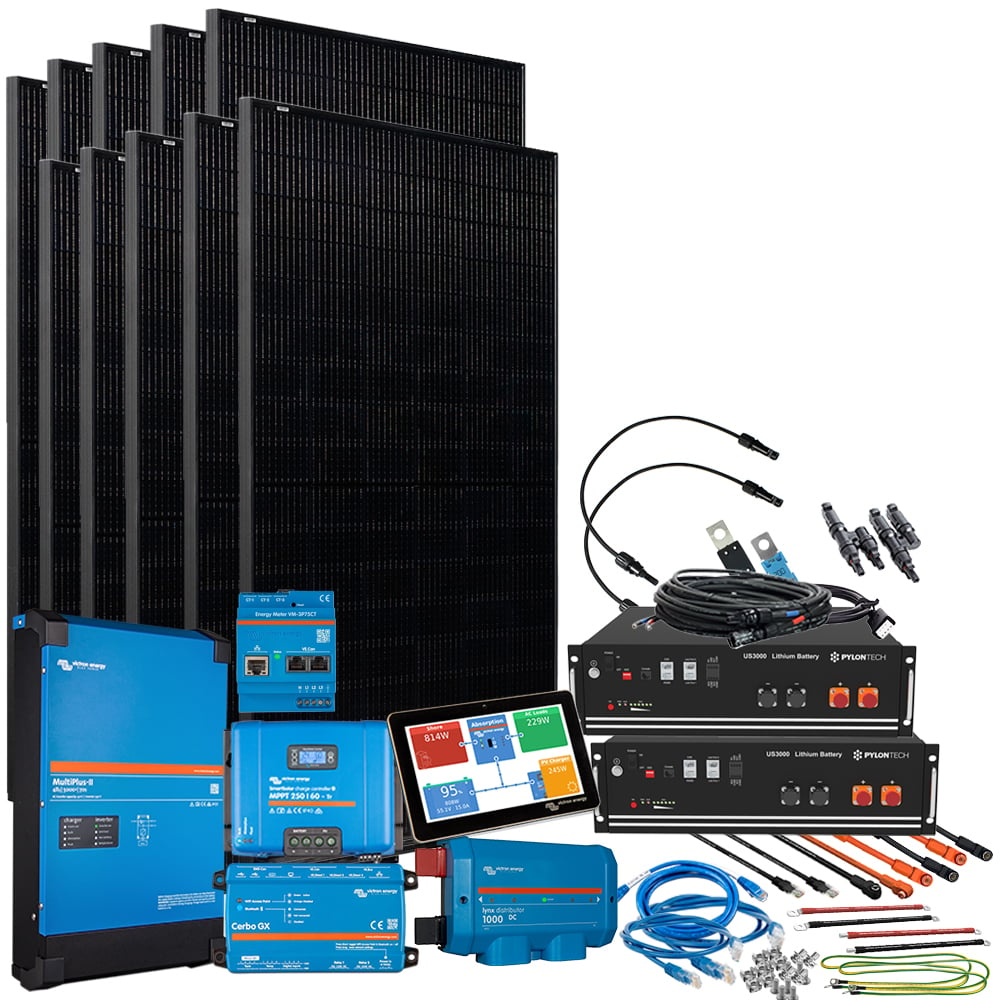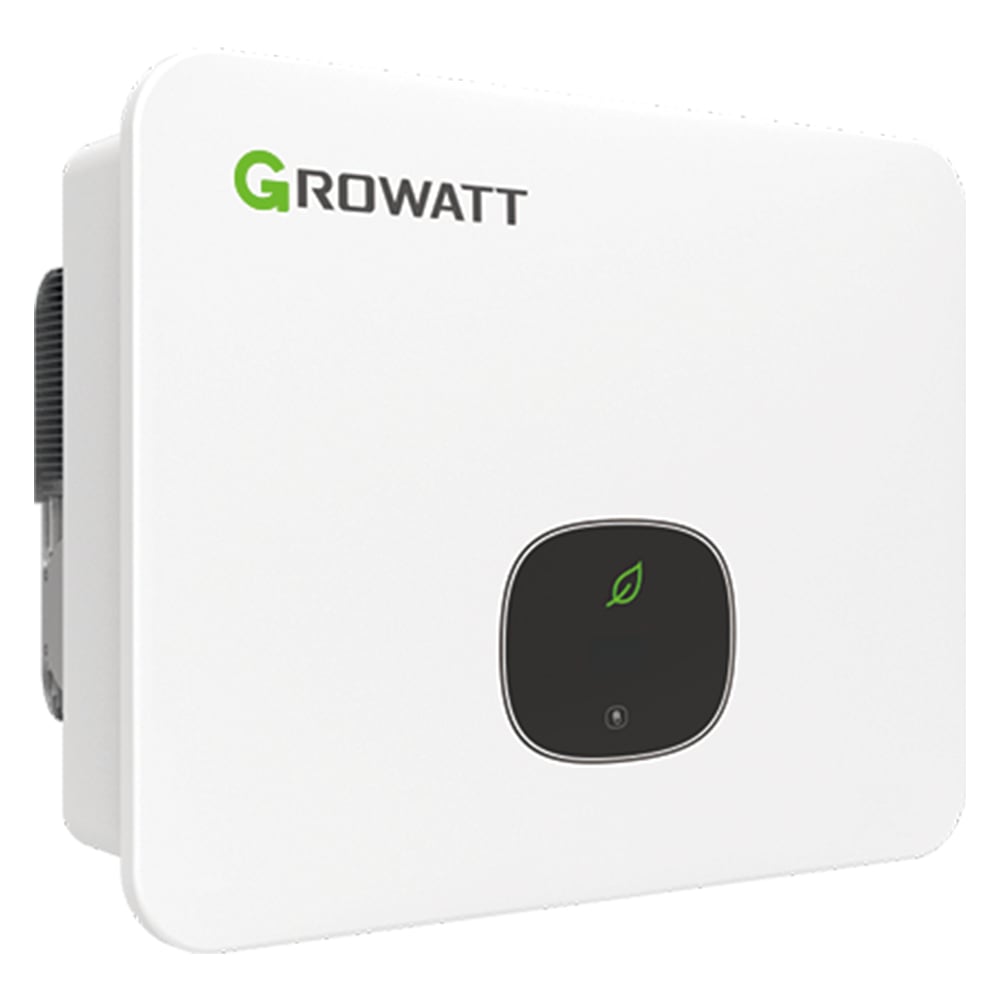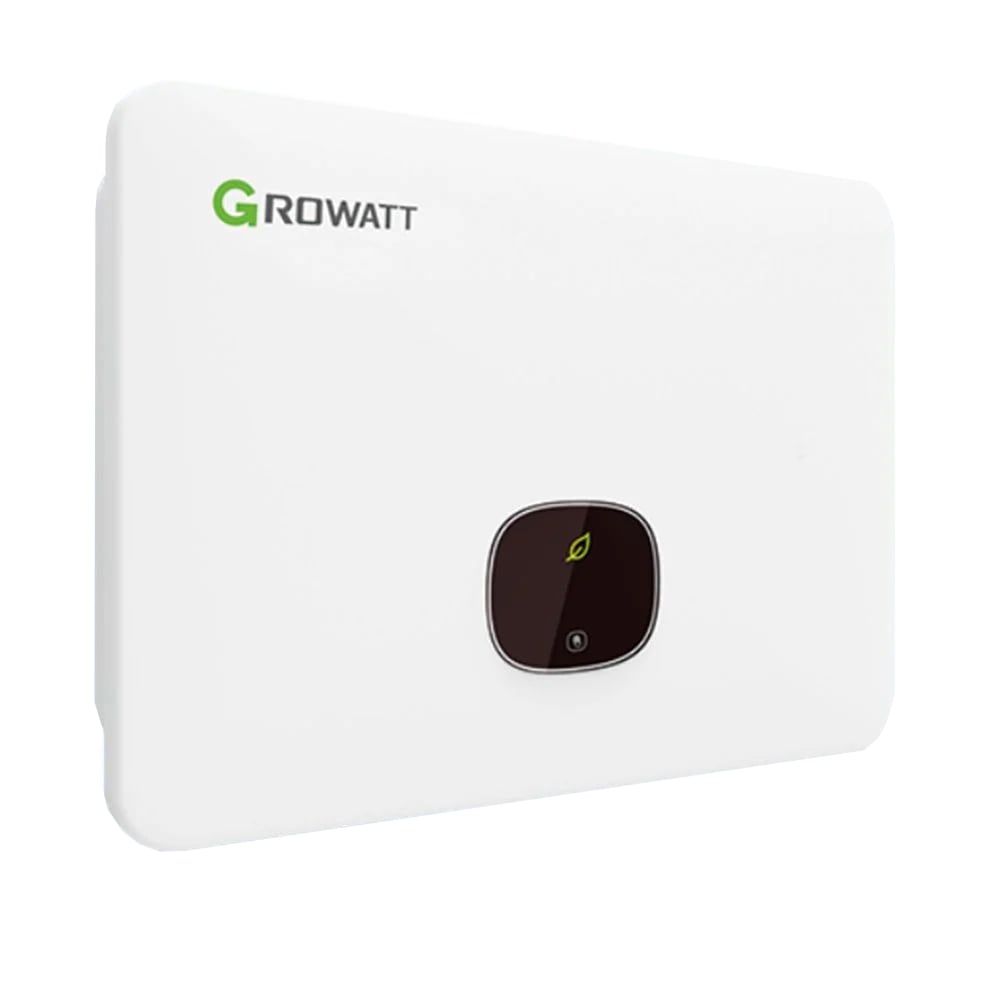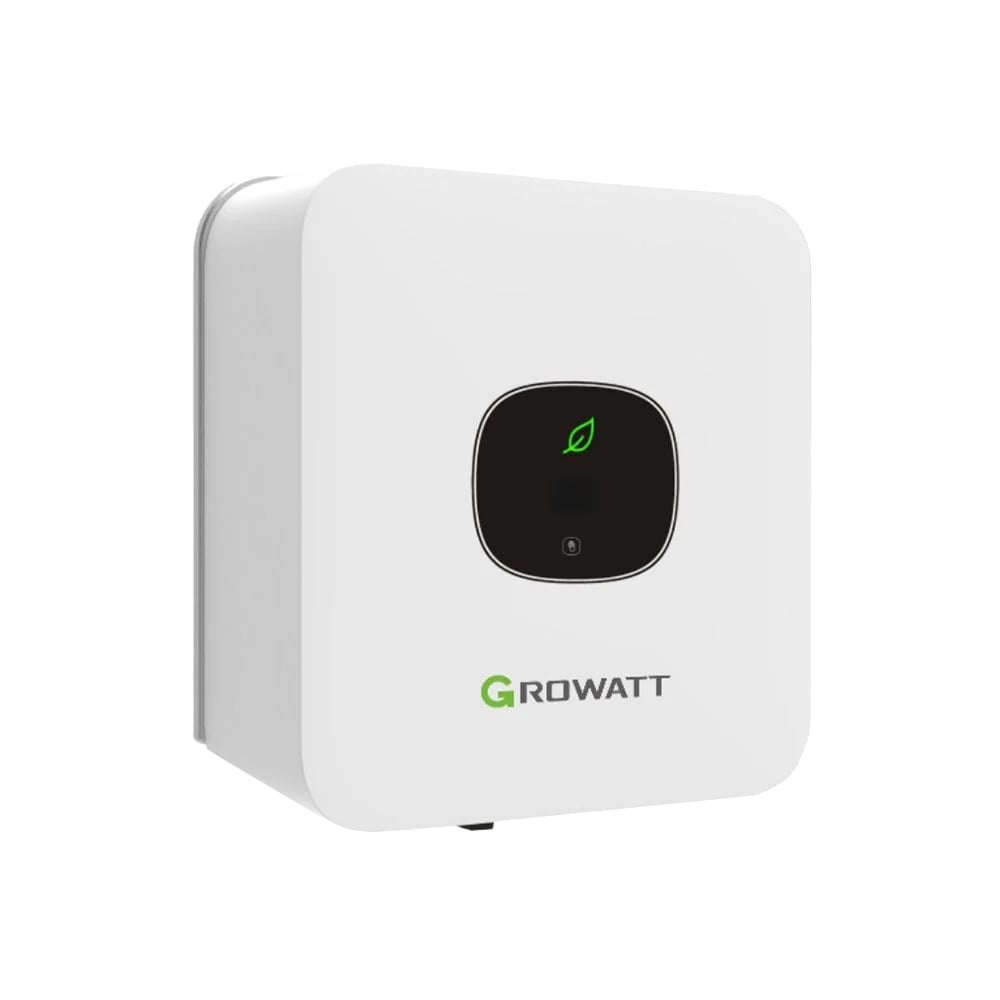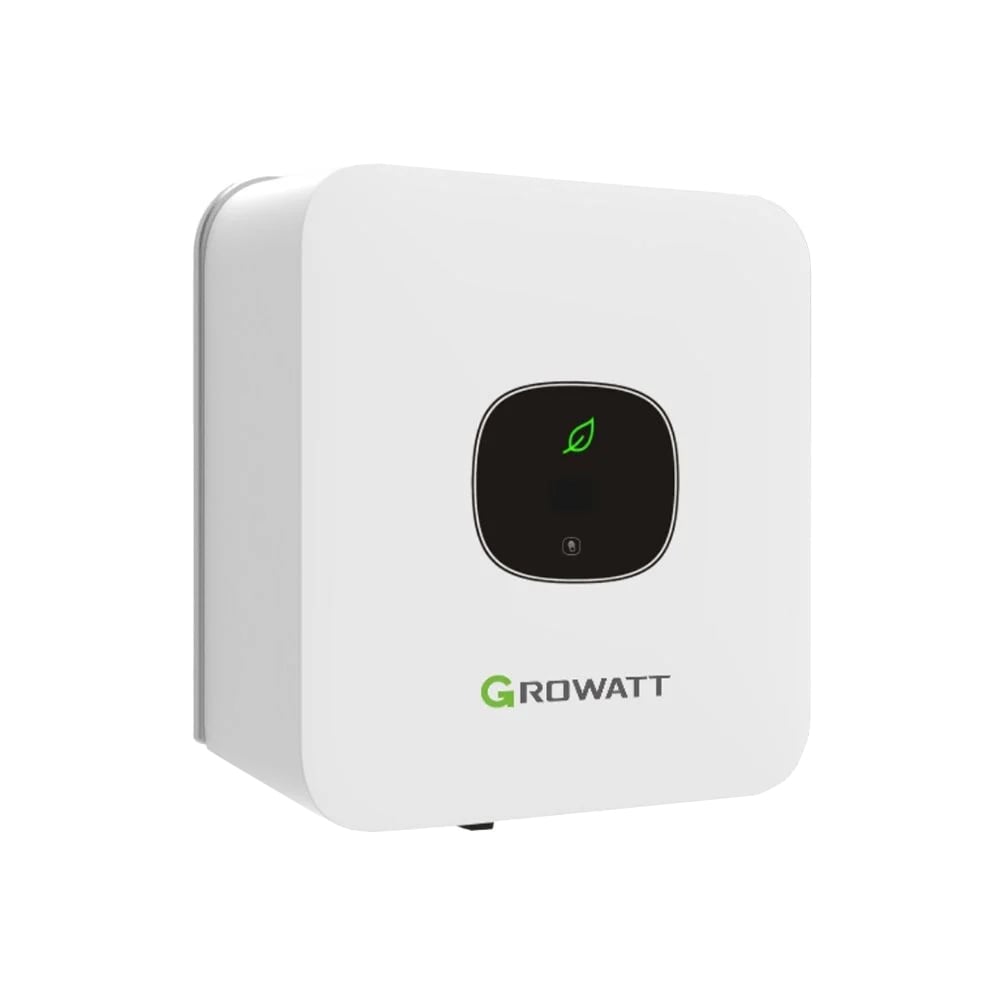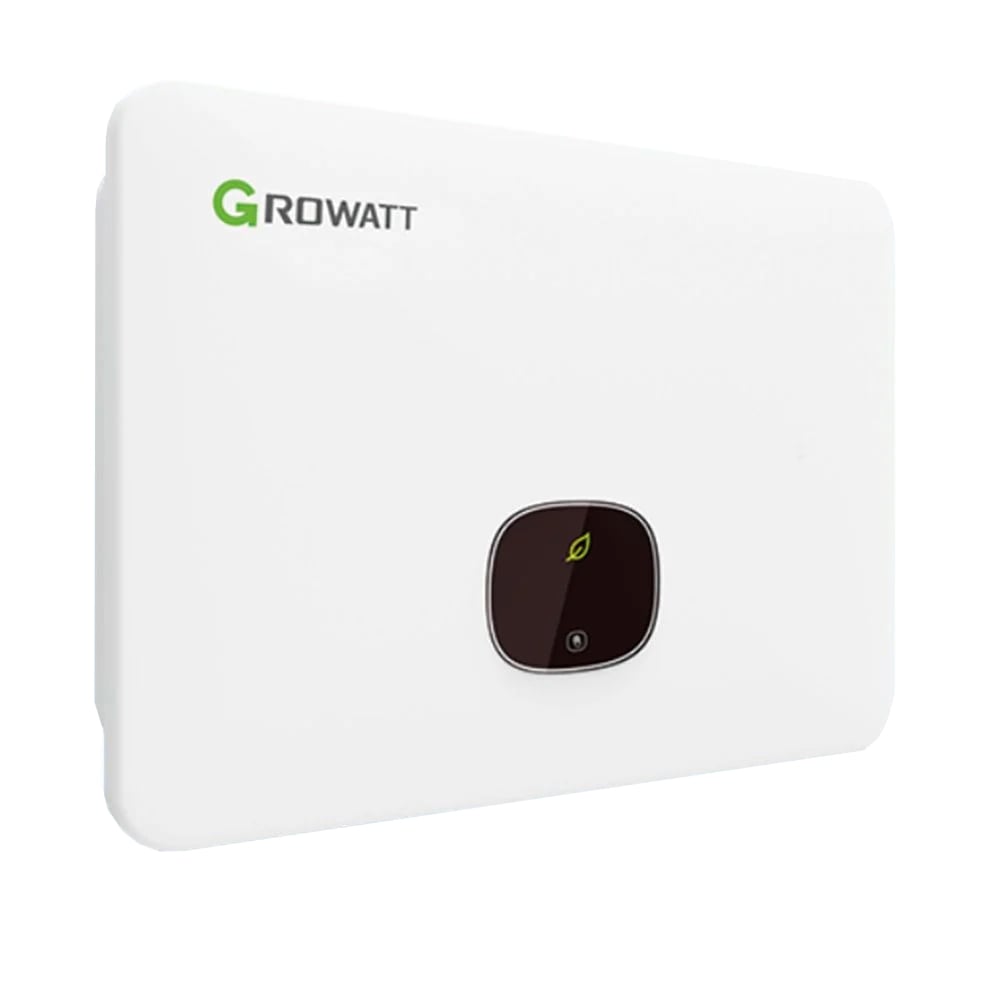Grid Inverter
Shipped in 2-5 days
Shipped in 2-5 days
Shipped in 2-5 days
Shipped in 2-5 days
Shipped in 2-5 days
Shipped in 2-5 days
Shipped in 2-5 days
Shipped in 2-5 days
Shipped in 2-5 days
Shipped in 1-3 days
Shipped in 1-3 days
Shipped in 1-3 days
Shipped in 2-5 days
Shipped in 2-5 days
Shipped in 2-5 days
Shipped in 2-5 days
Shipped in 2-5 days
Shipped in 2-5 days
Shipped in 2-5 days
Shipped in 2-5 days
Shipped in 2-5 days
Shipped in 2-5 days
Shipped in 2-5 days
Shipped in 2-5 days
Shipped in 2-5 days
Shipped in 2-5 days
Shipped in 2-5 days
Shipped in 2-5 days
Shipped in 2-5 days
Shipped in 2-5 days
Shipped in 2-5 days
Shipped in 2-5 days
Shipped in 2-5 days
Shipped in 2-5 days
Shipped in 2-5 days
Shipped in 2-5 days
Shipped in 1-3 days
Shipped in 1-3 days
Shipped in 1-3 days
Shipped in 2-5 days
Shipped in 2-5 days
Shipped in 2-5 days
Shipped in 1-3 days
Shipped in 1-3 days
Shipped in 1-3 days
Shipped in 2-5 days
Shipped in 2-5 days
Shipped in 2-5 days
Soon available again
Soon available again
Soon available again
Shipped in 2-5 days
Shipped in 2-5 days
Shipped in 2-5 days
Soon available again
Soon available again
Soon available again
Soon available again
Soon available again
Soon available again
Soon available again
Soon available again
Soon available again
Grid Inverter
The inverter is an essential component of your photovoltaic system, as it converts the direct current (DC) generated into standard household alternating current (AC). This makes the electricity usable both for your own consumption and for feeding into the grid.
Functionality
Grid inverters take on the task of converting the direct current (DC) generated by solar installations into alternating current (AC) suitable for feeding into the public grid or for self-consumption. This conversion process is crucial as most electrical appliances and the power grid itself rely on alternating current.
Feed into the power grid
A key feature of grid inverters is the ability to feed the electricity generated into the public grid. This means you can not only cover your own energy requirements, but also feed surplus energy into the grid for a fee.
Monitoring and control
Most modern grid inverters have advanced monitoring and control functions. These enable you to monitor the performance of the solar system in real time, recognise faults at an early stage and operate the system efficiently.
Efficiency and reliability
The efficiency and reliability of grid inverters are crucial to the overall performance of a photovoltaic system. Efficient inverters maximise the energy yield, while reliability ensures that the system remains stable and low-maintenance in the long term.
Buy grid inverters online at Offgridtec
Grid inverters allow you to utilise the electricity generated for your own consumption before surplus energy is fed into the grid. This helps to reduce your dependence on conventional energy sources.
Our team of experts is always on hand with their expertise and experience to provide you with information and advice on our products. Simply call us on 08721 91994-00 if you need help or send us a flexible email: info@offgridtec.com
FAQ
- How do grid inverters differ from hybrid inverters? Unlike a hybrid inverter, a grid inverter cannot operate a battery storage system.
- What is the difference between single-phase and multi-phase inverters? Single-phase inverters feed the electricity into the grid on one phase, while three-phase inverters feed energy into the grid on at least two phases. This minimises intermediate energy storage in the device and thus extends its service life.
- What does "grid recovery" or "feeding into the grid" mean? Grid feed-back refers to the process by which surplus solar energy is fed into the public electricity grid. This happens when self-consumption is covered and the solar system continues to generate energy.






